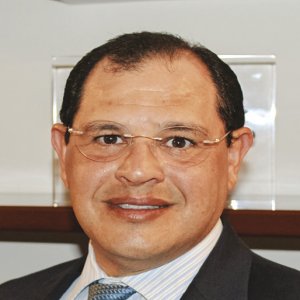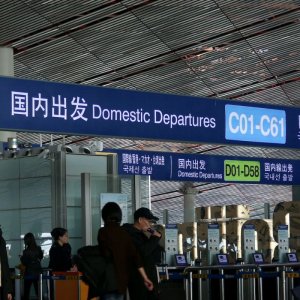Financing Development to Enable Tourism

STORY INLINE POST
Cancun, the state of Quintana Roo’s most populous city, is home to 31,662 hotel rooms, according to Ministry of Tourism. By 2020, that number will increase by at least 50 percent. To turn those expectations into reality, the industry will need help from both the government and the private sector, says Santiago Juárez, Former Director of Corporate Banking for Real Estate and Hotels of Banco Sabadell.
“In 2015 and 2016, the Riviera Maya and Cancun experienced historic occupancy records and we expect this trend to continue in the coming years,” Juárez says. According to data from the Ministry of Tourism, in 2015 and 2016, Cancun and the Riviera Maya enjoyed occupancy rates of 70 percent on average, a percentage that Juárez says is rarely seen in other parts of the world.
Banco Sabadell, through its two financing vehicles, bank and Sofom, is well-placed in the tourism infrastructure vertical to do its part to ensure the industry’s continued success. Hotel development, particularly in the Riviera Maya, has become a specialty of the Spanish bank, accounting for a significant portion of its portfolio. Juarez says that Banco Sabadell’s specialized knowledge of the sector, particularly in the Caribbean, and its understanding of how hotels manage their transactions, are among its competitive advantages.
Although Mexico, Cancun and the Riviera Maya have been Banco Sabadell’s natural niches, Juárez is confident that the bank’s expertise has given it enough momentum to venture into other cities that are also experiencing significant growth in tourism. “Our experience in the Caribbean has given us the confidence to expand our operations to Los Cabos, Baja California Sur and Huatulco in Oaxaca, and we are working to gain a foothold in Riviera Nayarit and Nuevo Vallarta,” he says. Los Cabos, in particular, is experiencing an investment boom in the wake of Hurricane Odile, which hammered the Baja California peninsula in 2014. “The investment wave fostered by the government after the hurricane and the private reinvestment required to renovate hotels detonated the growth of Los Cabos.”
While the industry has grown by leaps and bounds in the last couple of years, Juárez is certain that there remains a great deal of room for growth, particularly in the hotel development niche. “In the US, almost 70 percent of hotel keys belong to major hotel chains but in Mexico, not even 30 percent of hotel keys belong to these large chains.” Even though independently owned hotels can offer an interesting value proposition of originality and diversity, “hotel chains offer a higher degree of sophistication and institutionalism that can attract tourism on a larger scale.”
There are several improvements that could be implemented to foster the development of tourism infrastructure, which is where the government should play a stronger role. These include providing legal certainty regarding land ownership and cleaning up the permitting process to avoid corruption. But Juárez says the one area developers do not have to worry about anymore is access to financing. “The offering from banks has grown in the last couple of years, so much that players that previously had never shown interest in the sector are starting to participate. The existence of different financial entities, including Banco Sabadell, has reduced costs for developers,” he says.
Mexico has also developed an interesting financing ecosystem wherein Bancomext and private banks collaborate to foster the development of tourism infrastructure. “An average hotel financing will total more than US$50 million, so it is really hard to see one bank taking on the entire risk,” Juárez explains. “More than competition, we feel that there is a market for all the banks to participate and if we go hand in hand we can find the best deals for our clients.”
























